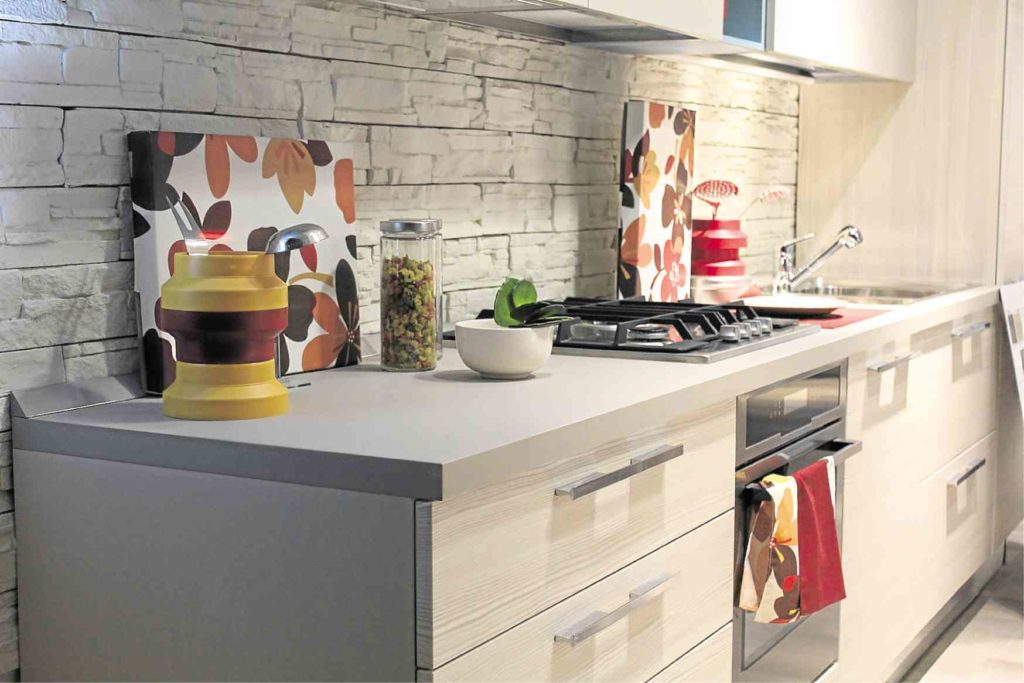The word ‘fake’ always seems to have a negative connotation as it’s often regarded as something poorly made and cheap in value.
They are also thought of as easily destructible. When you own a fake object, chances are, it’s not the first thing you will brag about to your friends.
When it comes to construction, however, the opposite sometimes holds true. Fake materials, more often than not, flourish in the industry.
In a world that is beginning to care about its natural resources, fake materials are slowly being celebrated in building and design. Alternatives to stone, wood, and other exhaustible goods are continuously being developed to ensure a much healthier environment in the years to come.
In addition, many of these synthetic materials can match or outlast the originals at lower costs. Not all alternatives in the market, however, can perform as they promise. How do you choose which fake ones are as good as the original?
Wood
Wood is one of the oldest construction materials used by man. Despite its antiquity, it remains a popular choice among homeowners and designers.
Unfortunately, the demand for natural wood often cannot be met by the available supply. Too much harvesting of timber results in deforestation, global warming and other damaging effects on the earth. This is why more stringent laws on logging have been developed, thus making timber more expensive to procure.
Thankfully, new alternatives to natural wood are already prevalent in the market.
Manufactured wood, for instance, refers to materials that combine timber waste with adhesives and other synthetic materials. Examples of these are plywood, medium-density fiberboard and blockboard.
These materials are more readily available than natural timber at reduced prices.
Glue laminated timber, meanwhile, is another alternative that can outperform timber in terms of strength and rigidity. It can accommodate longer spans, heavier loads and more complex shapes compared to natural wood.
Stone
Stone is a natural resource valued for its aesthetics and strength. Different types exist but no two natural stones are identical. Stone is expensive because it is often difficult to source out and is limited in supply.
If you want to go for the look but not for the cost, consider using engineered stone.
Synthetic alternatives combine natural stone minerals with polyester segments to replicate stone’s function and appearance. This type of material can also eliminate the imperfections that are often present in natural stone.
In particular, the Corian solid surface developed by the Dupont Company is a great alternative to granite counter surfaces. This material can be installed with less seam lines in a more consistent color. It is widely used in modern kitchens and bathrooms.
Leather
Made from tanned animal skin or hide, leather is prized for its rot-proof and durable quality, and is used widely in fashion and furniture design. Often made from cow skin, this material is difficult to dispose of and can have a consequent environmental detriment.
From plastic leather to mushroom leather, numerous vegan products are slowly entering the market to offer more sustainable alternatives to animal-sourced ones.
Plastic leather or “pleather,” in particular, is a wise choice for homeowners who have kids or pets at home. This kind of material is easy to maintain and significantly cheaper than cattle leather. It offers a wider array of color options though it does not achieve perfectly the same luster and patina of original leather
Recycled materials
Still determined to make use of the real thing? Consider going to junk shops and salvage yards to obtain pre-loved construction materials. Items such as wood, stone, and glass can be re-used and repurposed.
These materials often exhibit more character and gain more value with age. Consider re-using your existing furniture and materials at home. Giving them a fresh coat of paint or relocating them inside your house can do wonders.
Overall, do not be afraid of using synthetic materials.
If being “fake” implies a better earth and a happier wallet, it is definitely worth considering. Just like any other investment, however, make sure that your alternative material is something that is good in quality and will serve your requirement.
While nothing beats an original, the alternative that serves its purpose well can also be magnificent on its own.
(Sources: www.apawood.org; www.corian.com; eluxemagazine.com; pexels.com; pixabay.com; “Surface and Finish: A Directory of Materials for Interiors” by Elizabeth Wilhide (2007, Quadrille Publishing)
The author is a licensed architect who studied abroad and currently works in DSFN
Architects. For her, alternative materials can help promote sustainability in architecture.


